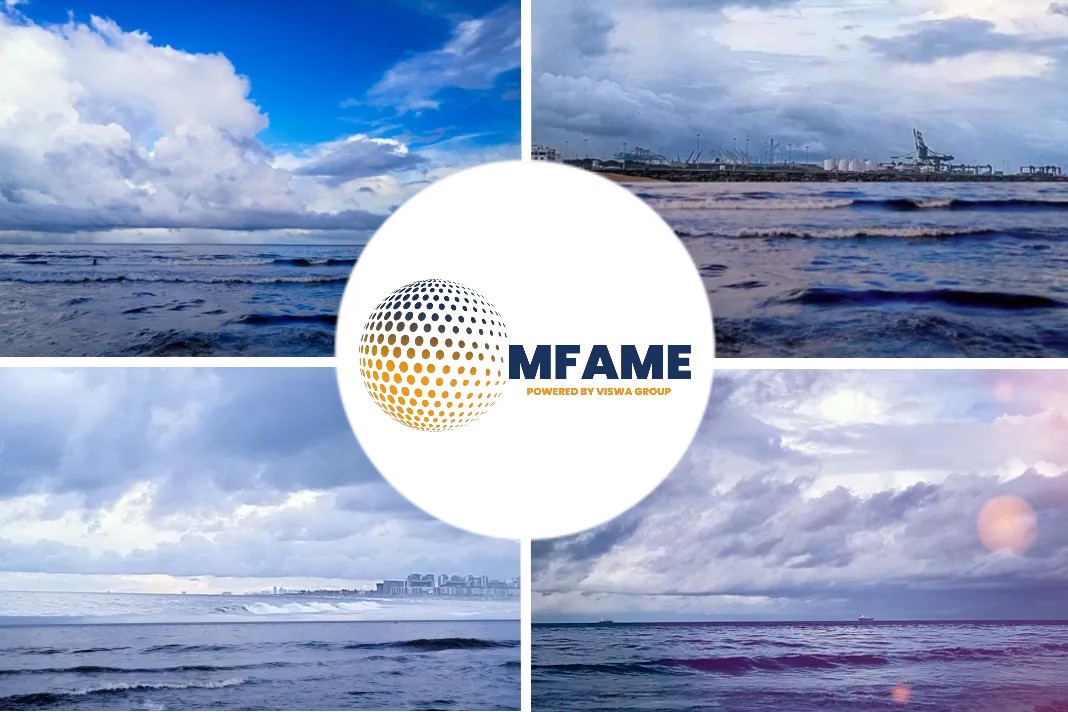- LR2 discount to LR1 over 20 points
- Smaller China export quota weakens demand
- Higher bunker prices erode earnings
Surging supply of Long Range II, or LR2, tankers in Asia has widened their discount against the LR1 counterparts, but weak demand because of a smaller Chinese export quota, refinery maintenances, and slowing consumption, has led to fewer takers for the ships, says an article published in S&P Global Platts.
The decline in the rates
The benchmark Persian Gulf-Japan LR1 and LR2 Worldscale rates were on a par three weeks ago. A lack of cargoes has hurt the rates of bigger ships, with LR2s at the lowest level in 2022, and at a w22.5 discount to LR1s on Jan. 26.
“It is surprising that despite the decline, there is still no significant shift in preference toward LR2s from LR1s,” a chartering executive with a global commodities trading company said.
The LR1 rates have been capped because of a spillover effect from the LR2s, despite a steady flow of LR1 cargoes in the Persian Gulf and North Asia.
The market activity “should be more on the LR2s, but it is on LR1s,” said an executive with a clean tanker owner.
Spot LR1 fixtures for the Middle East and West Coast India loading rose to 60 in second-half January, from just over 50 in the first half of the month, while LR2 fixtures fell to 33, from 39, during the same period, according to market participants.
China exports dwindle
LR2s saw higher backhaul employment in North Asia in the fourth quarter following the discharge of naphtha cargoes, delaying their return to the Persian Gulf.
The frequency of backhaul voyages declined in January after China’s Ministry of Commerce, or MOFCOM, allocated just 13 million mt of oil products export quota to seven oil companies in the first round of 2022, down 56% year on year, as part of the government’s efforts to cut carbon emissions, sources said.
“Bigger export margins are now in gasoline exports, while Gasoil shipments from China to Europe have taken a hit,” a shipping executive said, adding that it has weighed on the LR2 demand as arbitrage opportunities to push oil products westwards declined since end-December, leaving owners “scratching their heads”.
While European gasoil and jet fuel inventories were relatively smaller, it was more profitable to sell in the East due to better Asian refinery margins, according to the executive.
Uncertainty due to pandemic
End-users were keen on keeping their oil products inventories low because of the prevailing uncertainty due to surging COVID-19 cases, discouraging a significant shift toward LR2s by combining smaller-sized parcels.
“No one wants to risk being saddled with stocks which are not consumed on time if sudden lockdowns are imposed at short notice,” another source said.
Weak earnings
Freight rates declined at a time when crude prices hit a seven-year high, pushing up bunker costs for owners.
Bunker prices have increased by about $100/mt since the beginning of December, according to clean tanker owners, with a recent procurement in the week ended Jan. 21 just under $700/mt in Singapore.
“Demand is not picking up, freight has declined, and costs have gone up,” a clean tanker owner said.
An LR2 was unlikely to earn more than $4,600 per day for a round voyage on the Persian Gulf-Japan route, assuming bunker cost of around $690/mt. The projected earnings for a Persian Gulf-UK-Continent trip were even lower at $3,200, sources said.
The daily LR2 earnings on the Persian Gulf-Japan route were more than three times higher at the beginning of January and averaged over $10,000 in the fourth quarter, according to broker estimates.
There were around 19 LR2s available for loading in January in the Persian Gulf and West Coast India as of Jan. 25, with available volume surging to 60 over the next three weeks. That is 33% above the average three-week supply in the last 10 weeks, according to shipping industry estimates.
Owners are hoping that an accumulation of LR2s in the Middle East would tighten their supply in North Asia in early February and provide some support over the short term.
Did you subscribe to our daily Newsletter?
It’s Free! Click here to Subscribe
Source: S&P Global Platts.























